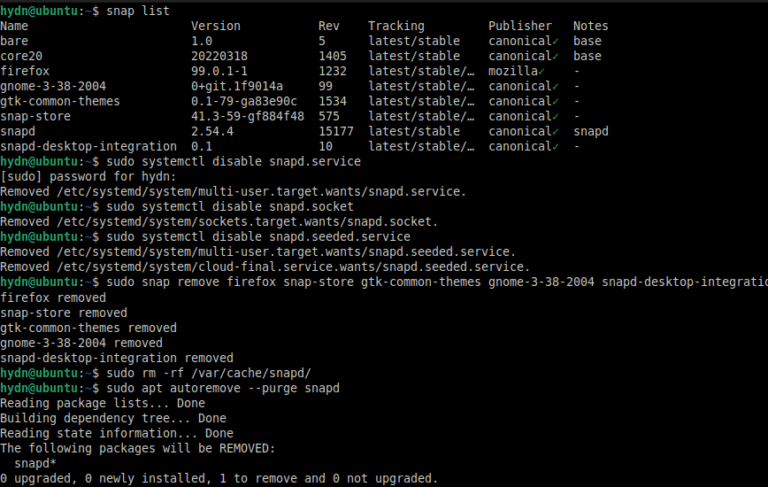
What Are AWS Cost Allocation Tags?
In practice, if an EC2 instance is used for the Alpha project in the Marketing department, it could be tagged as follows:
Using AWS cost allocation tags offers several benefits for effective cost management:
Benefits of Using AWS Cost Allocation Tags for Cost Management
Cost allocation tags are critical for cloud management, allowing organizations to gain detailed insights into their spending, enabling more precise cost management and budgeting.
- Improved visibility: Cost allocation tags provide granular visibility into AWS expenditures. This helps in identifying cost drivers and understanding which resources contribute to overall expenses.
- Improved budgeting and forecasting: By categorizing costs based on tags, organizations can create more accurate budgets and forecasts. This helps in planning for future expenses and avoiding unexpected charges.
- Cost optimization: Tags enable organizations to pinpoint underutilized or idle resources. This information can be used to optimize resource usage, reduce waste, and lower costs.
- Chargeback and showback: Tags facilitate chargeback and showback processes by attributing costs to specific departments, projects, or teams. This promotes accountability and encourages cost-saving behaviors.
- Simplified reporting: Tagged resources can be easily filtered and analyzed in cost reports. This simplifies the creation of detailed cost reports and dashboards, aiding in better financial analysis.
Types of Cost Allocation Tags
AWS provides several predefined tags that are applied automatically to resources. Some common AWS-generated tags include:
User-Defined Tags
Over time, the organization can expand the tagging strategy by adding more specific tags as necessary. This incremental approach helps maintain tag management simplicity and ensures that all stakeholders understand and consistently use the core tags.
These tags help users track who created a resource, what service it belongs to, and where it is located, facilitating more detailed and automated cost allocation.
- Project tags: Project: Alpha, Project: Beta
- Department tags: Department: Marketing, Department: Finance
- Environment tags: Environment: Production, Environment: Development
AWS cost allocation tags are useful for managing and optimizing cloud expenses. By applying both user-defined and AWS-generated tags, organizations can gain detailed insights into their spending, enabling better budgeting, cost optimization, and financial accountability. Following best practices such as aligning tags with business objectives, starting with core tags, using AWS tools for automation, scheduling periodic reviews, and integrating tagging into CI/CD pipelines ensures an effective and scalable tagging strategy.
- Project: Alpha
- Department: Marketing
- Environment: Development
Create tags that reflect these drivers to support accurate cost attribution and analysis. For example, tags like Department: Sales, Project: WebsiteRedesign, and Environment: Staging can provide insights into spending patterns and resource usage across different segments of the organization. This also enables more granular financial reporting, helping stakeholders make informed decisions based on precise cost data.
AWS-Generated Tags
These tags are automatically created by AWS services to help users track and allocate costs without the need for manual tagging. They provide standard metadata about AWS resources, ensuring consistency and ease of use.
Lambda functions can also be used to update or modify tags dynamically as resource usage patterns change, ensuring that the tagging strategy remains relevant. Custom Lambda functions can be tailored to the organization’s needs, such as tagging resources based on user roles or time-based events, providing flexibility and precision.
- Created by: aws:createdBy
- Service: aws:service
- Region: aws:region
AWS Tagging Service provides tools to manage tags across multiple resources, making it easier to maintain consistency. AWS Config can be used to create rules that check for required tags and notify teams of non-compliant resources. By using these AWS services, organizations can ensure that all resources are tagged correctly and consistently, improving the accuracy of cost tracking and reporting.
- aws:createdBy: John
- aws:service: S3
- aws:region: us-east-1
AWS Tagging Service simplifies bulk tagging operations, allowing admins to apply, edit, or delete tags across numerous resources simultaneously. AWS Config’s continuous monitoring capabilities help in identifying and correcting tagging issues promptly, ensuring ongoing compliance with tagging policies.
Best Practices for Using AWS Cost Allocation Tags
Integrating tags into Continuous Integration/Continuous Deployment (CI/CD) pipelines ensures that all resources created during the deployment process are appropriately tagged. By embedding tagging policies into CI/CD workflows, teams can automate the application of tags to new resources, reducing the risk of untagged or incorrectly tagged resources.
Align Tags with Business Objectives
For example, if an S3 bucket is created by a user named John in the US East (N. Virginia) region, the AWS-generated tags might look like this:
AWS cost allocation tags can be user-defined or AWS-generated.
Start with Core Tags
AWS cost allocation tags are metadata labels assigned to AWS resources that help in categorizing and tracking costs. These tags consist of key-value pairs that can be used to identify specific resources and attribute costs accordingly.
This practice ensures that all new deployments adhere to the organization’s tagging standards, providing consistent and comprehensive cost tracking. Integrating tagging into CI/CD pipelines also helps in maintaining compliance and reduces the manual workload on development teams, allowing them to focus on delivering features while ensuring proper cost allocation.
Use AWS Tagging Service and AWS Config
These periodic reviews help in adapting to changes in business requirements and maintaining the effectiveness of cost management efforts. Regular audits also provide an opportunity to refine the tagging strategy, incorporate new best practices, and address any gaps or inefficiencies in the tagging process.
Consider a company that has multiple projects and departments, each requiring its own cost tracking. The company can create user-defined tags to manage these requirements. Here are a few examples:
Use AWS Lambda for Custom Tagging Workflows
These custom tags are created by users to categorize and manage their AWS resources according to their requirements. They consist of key-value pairs defined by the user, allowing for flexible and tailored cost tracking.
Organizations can implement the following practices to ensure the most effective use of tags to manage costs in AWS.
Schedule Periodic Reviews
AWS Lambda can be used to automate and customize tagging workflows. For example, admins can create Lambda functions that automatically apply tags based on predefined criteria or events. This automation reduces the manual effort required to manage tags and helps ensure that all resources are tagged in accordance with the organization’s policies.
By Gilad David Maayan
Integrate Tagging into CI/CD Pipelines
When setting up cost allocation tags, it is essential to ensure they align with the organization’s business objectives. This alignment helps in creating a tagging strategy that supports the company’s financial and operational goals. Start by identifying key business drivers such as departments, projects, and environments that impact costs.
By applying these tags, the company can easily filter and analyze costs related to specific projects, departments, or environments.
To avoid overwhelming complexity, begin with a set of core tags that cover the most critical aspects of the organization’s cost management needs. Core tags typically include identifiers for project, department, environment, and cost center. Establishing these foundational tags helps capture the most important cost-related data from the outset.
Regularly review the tagging strategy and practices to ensure they remain aligned with business objectives and cost management needs. Schedule periodic audits to check for tag accuracy, consistency, and relevance. During these reviews, identify any outdated or unused tags and remove them to maintain a clean and efficient tagging structure.




